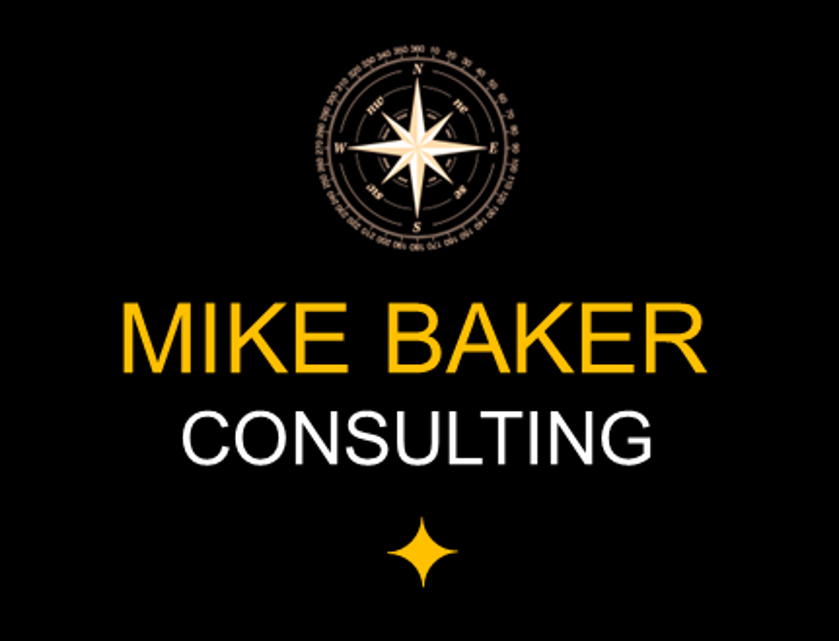Why every organization needs an IT Strategy
In today’s digitally driven world, a well-defined IT strategy is essential for companies of any size and sector. An IT strategy provides a clear framework for how data, systems and technology should support and drive the business’s overarching goals. Without such a roadmap, organisations risk misaligned investments, inefficient operations, and missed opportunities in the fast-evolving technological landscape.
A robust IT strategy ensures that all technological initiatives and resources are aligned with the company’s vision and objectives. It clarifies priorities, enabling decision-makers to invest wisely in systems, infrastructure and innovation that truly add value within a defined risk appetite. This alignment also helps to avoid redundant or incompatible solutions that could hinder collaboration and scalability as well as creating transparency and driving decisions to mitigate risk.
A well crafted IT strategy enhances risk management. As cyber threats and data breaches become increasingly sophisticated, companies must proactively address risks relating to information security, compliance, and business continuity. An IT strategy outlines protocols and standards that protect assets, safeguard data, and ensure legal and regulatory adherence.
An IT strategy also empowers companies to remain agile and competitive. By continually assessing emerging technologies and market trends, organisations can anticipate change, seize new opportunities, and outpace competitors. This proactive approach fosters a culture of innovation and adaptability, both crucial for enduring growth.
Ultimately, an IT strategy is not just a technical document, but a vital business tool and one that enables sustained success in a complex and rapidly changing environment.
Why each IT Function or Tower needs a detailed defined strategy
For the IT Strategy to be a reality that is delivered, each functional tower within the IT organization must have its 3-5 year detailed strategy that shows how it delivers that strategy at the same time as maintaining current deployed solutions.
A good functional tower strategy will include maintaining deployed technologies as well as deploying or developing new solutions and technologies. It must do this within the context of a 3-5+ year programme including operational and investment costs.
The combination of all the functional tower strategies should be equal to the organization strategy to demonstrate IT organizational alignment.
Defining the IT Strategy is not a once and done activity
The IT Strategy needs to change and adapt to business direction changes as well as real world scenarios such as changing market conditions and fluctuations in world wide stability impacting costs, revenues and operational risk.
The changes, both planned for and unknown, may require that the strategy changes direction or requires specific changes to the timelines. You should not expect to be changing the strategy weekly, but there should be at least bi-annual review and realignment and this should be a major review prior to forward year budgeting.
I can help with: –
- Delivering the strategy review process for your teams to adopt and ensuring that it has business functional review and the correct levels of ownership and support.
- Getting the strategy off the ground if it doesn’t exist and talk through the maturity levels. Going from nothing to something all encompassing isn’t going to happen in a single step. You need a plan to go from nothing to a maturity levels that has 360 degree input and shaping and forms the IT strategy that your business leaders understand and believe is strategic.
- Sense checking any strategy you have and asking the questions to make sure it has business support. IT strategic change often needs business engagement and ownership to deliver successfully. Let’s check your teams know how to do that.
- Reviewing that the IT Functional Towers strategies align with the IT Strategy and are utilizing the same template structure. Everything looking the same creates the confidence that it is aligned.
